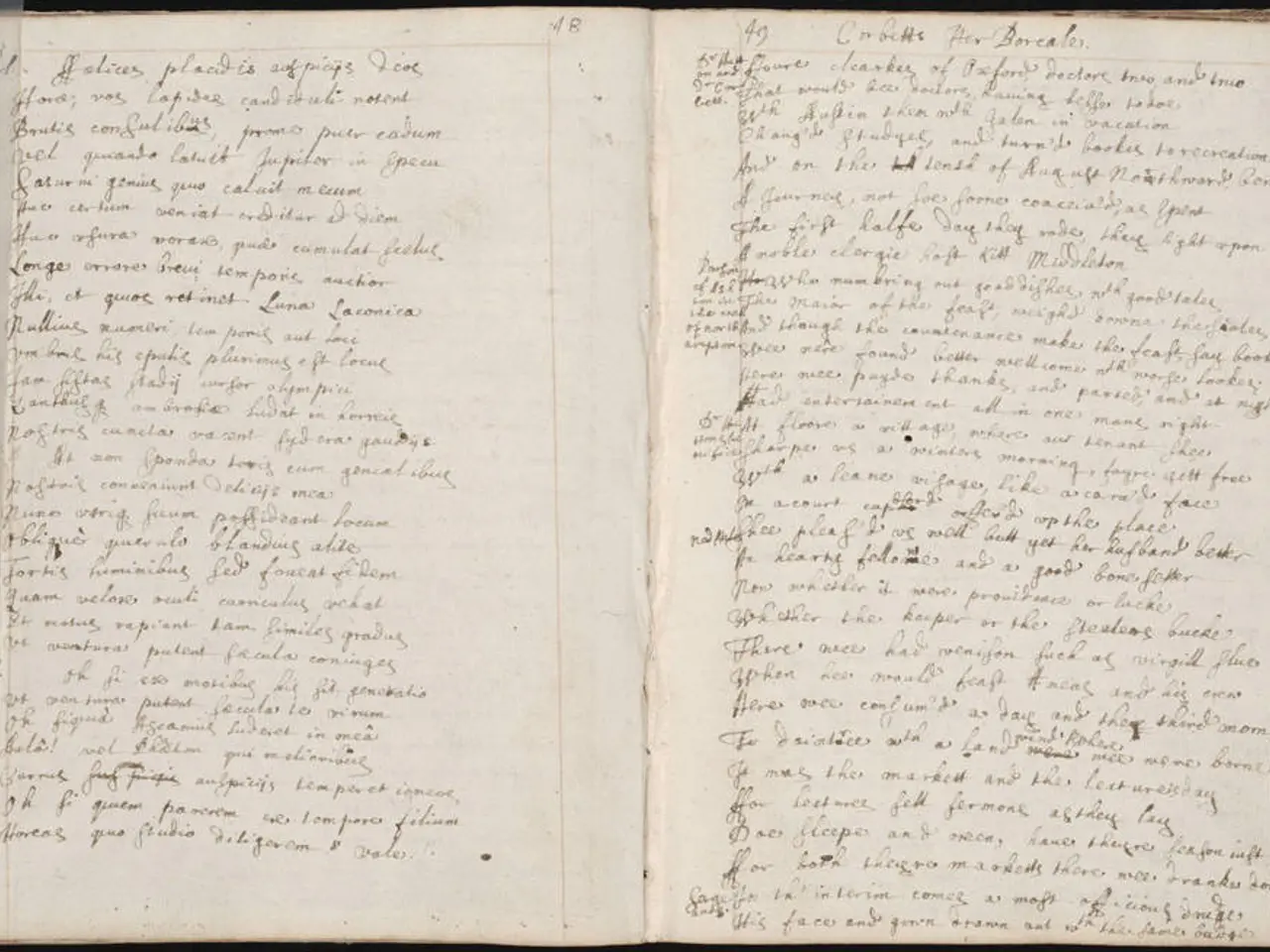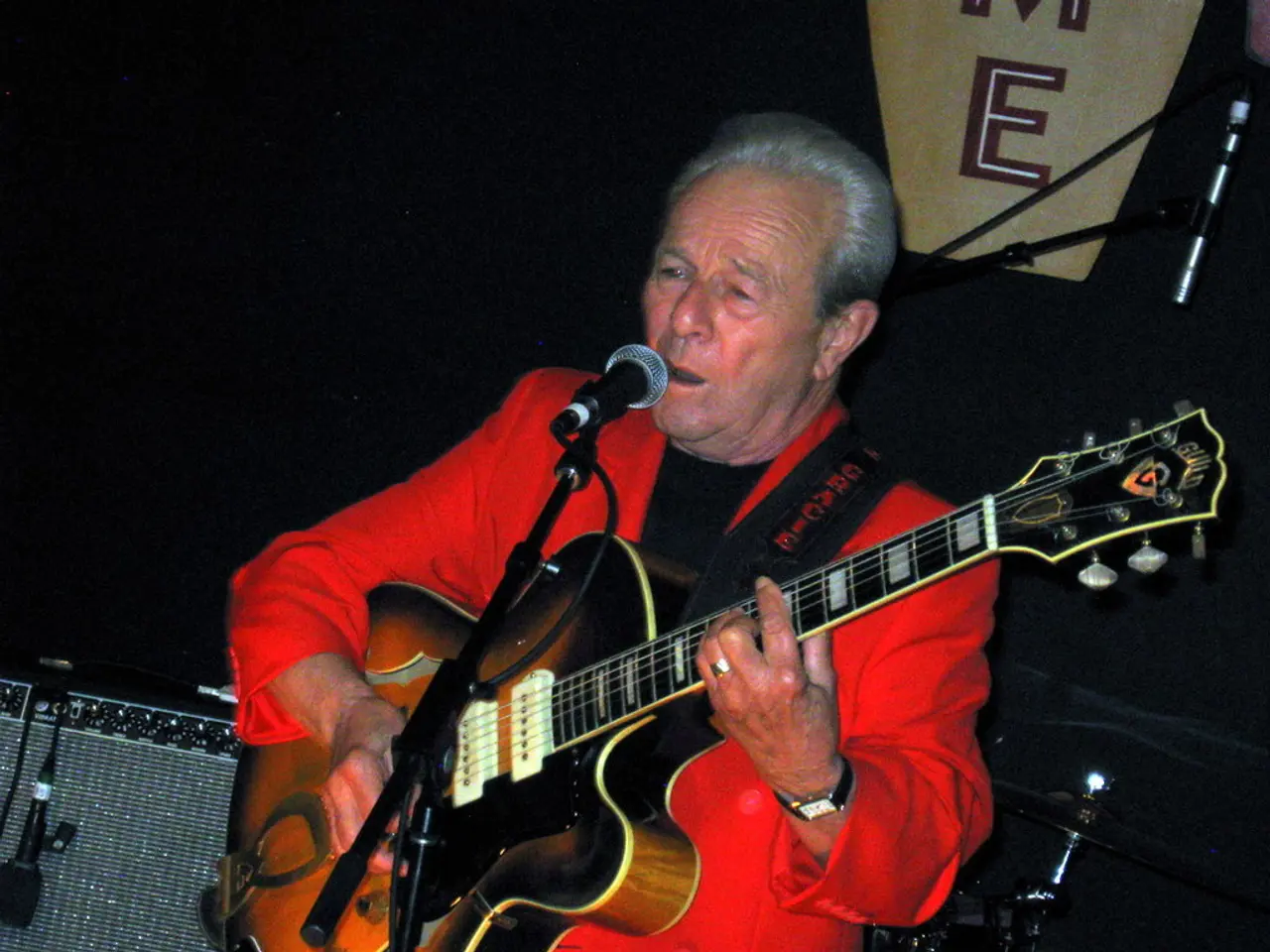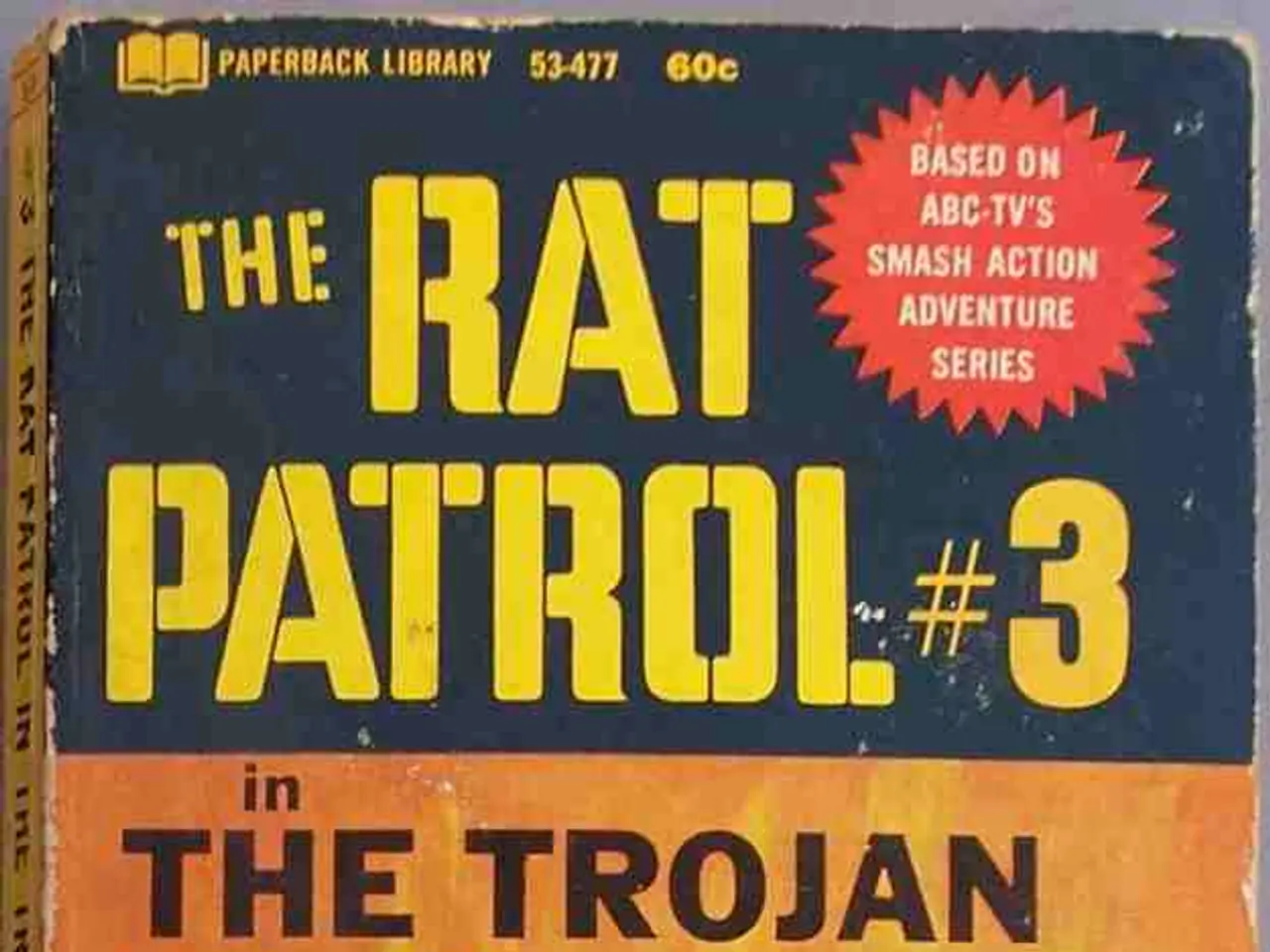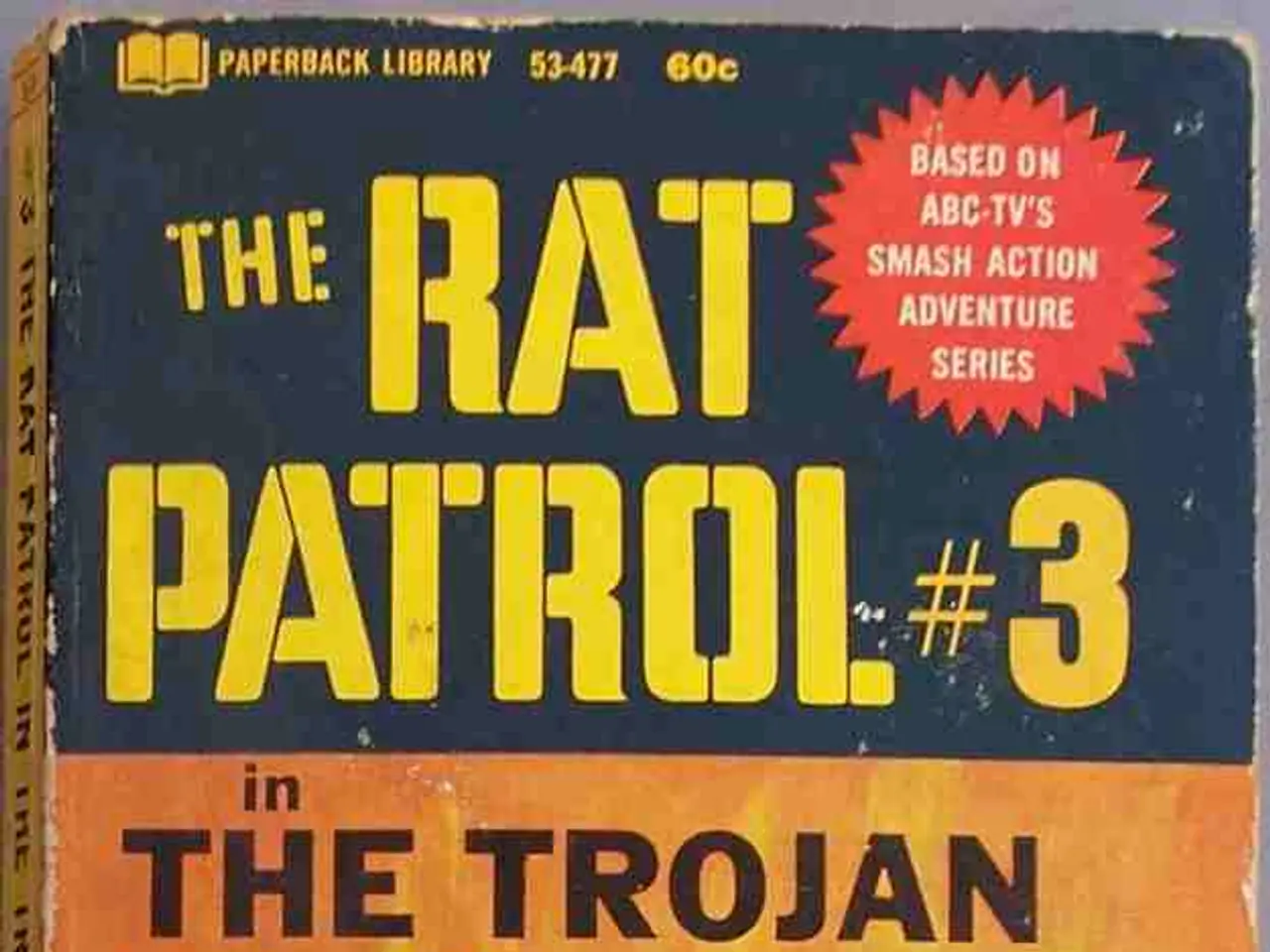finalstronghold
In the quiet, fragmented, and open-ended world of "The Last Island" by Swiss author Gabrielle Alioth, the narrative unfolds as a journey of inner movement rather than one of action. The first-person narrator, whose life revolves around her lover Daniel, her husband Alexander, and a garden, wanders the shore with her dog Kalypso, deleting data and keeping a seashell.
The novel is home to two main characters: Holm, an introverted scientist, and the first-person narrator. Holm, a symbol of Western scientific spirit, disappears into mist and memory, while his relationships with Nessa and Wilson are fraught with breaks and shadows. Ronan, a mystical companion, joins Holm on the monk's island.
Alexander appears in dreams after his death, and Daniel, the lover, is intellectually closer and deeply affected by the loss of their child. The novel's structure shifts between Holm's perspective and the first-person narrator's, creating a narrative that is both intricate and captivating.
The novel is not a casual read, as it delves into profound themes such as memory, reproduction, transience, and the question of what is real or original. It also grapples with ethical dilemmas, including clones of deceased children, ecological catastrophes, and the military disposal of entire islands.
"The Last Island" is never heavy-handed but works with myths like Kalypso, Lilith, Augustine, Jonas, adding layers of depth and mystery to the story. The novel is like a walk in the fog: slow, meaningful, and changing, offering a unique reading experience that lingers long after the final page.
As a remote island setting plays a significant role in the novel, it is safe to assume that themes of isolation, human connection, and environmental concerns are explored. For precise details on the plot, characters, and other themes in "The Last Island," we recommend consulting the novel directly or authoritative literary summaries and reviews.
The first-person narrator, who immerses herself in books and allows her lifestyle to revolve around her family and a garden, finds solace in the company of her dog Kalypso on the shore. Despite the captivating shifts between Holm's perspective and hers, the novel does not shy away from exploring the complexities of lifestyle, making it a thought-providing read on themes such as memory, reproduction, and environmental concerns.







